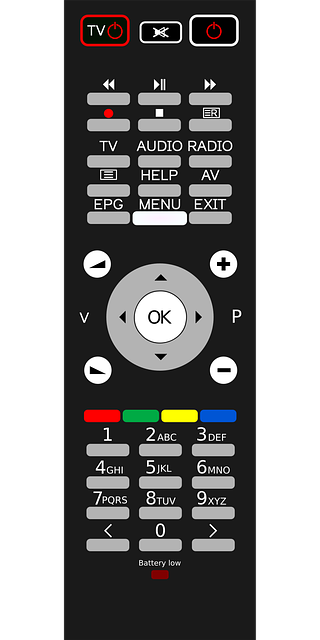Night vision technology enhances commercial video surveillance with IR illumination for clear low-light images. These cameras, featuring AGC and advanced object recognition, aid security operations. Understanding image intensifier, thermal, and hybrid technologies is key to selection. Strategic installation, regular maintenance, including lens cleaning and power checks, ensure optimal performance for 24/7 commercial property protection.
In the realm of commercial video surveillance, enhancing security during twilight or complete darkness is paramount. This is where night vision cameras step in as indispensable tools. Our article delves into the intricacies of understanding and leveraging night vision technology for optimal commercial surveillance. We explore the numerous benefits of low-light cameras, navigate through different types and features to help choose the right fit, and provide essential installation and maintenance tips for peak performance.
Understanding Night Vision Technology for Commercial Surveillance
Night vision technology has evolved significantly, transforming the way we approach commercial video surveillance. These advanced systems utilize infrared (IR) illumination to capture clear images in low-light conditions, ensuring round-the-clock security and monitoring. IR cameras detect heat signatures, allowing them to produce vivid visuals even when there’s minimal natural light. This is particularly beneficial for outdoor installations, as it offers unparalleled visibility during the night without relying on bright lights that could attract unwanted attention.
Commercial video surveillance benefits from this technology by providing detailed footage that can aid in security operations and crime prevention. Night vision cameras are equipped with features like automatic gain control (AGC), enhancing picture quality and ensuring consistent performance across varying light levels. With the ability to capture high-resolution images, these cameras offer businesses and security professionals a powerful tool for maintaining safe environments, making them an indispensable addition to any comprehensive surveillance setup.
Benefits of Low-Light Cameras in Nighttime Security
Low-light cameras play a pivotal role in enhancing nighttime security, offering numerous advantages for both residential and commercial video surveillance systems. In environments where natural light is scarce, these advanced camera technologies excel at capturing clear and detailed footage, ensuring optimal visibility during the dark hours. This capability is invaluable for security personnel who need to monitor and record activities that occur after sunset or in indoor spaces lacking adequate artificial lighting.
The benefits extend beyond just improved image quality; low-light cameras also contribute to more efficient and effective security operations. By providing enhanced visibility, these devices allow for better object and person recognition, facilitating quicker response times and more accurate incident analysis. Moreover, the reduced need for additional lighting in nighttime surveillance can lead to cost savings and operational streamlining, making low-light camera systems a smart investment for any commercial video surveillance setup.
Types and Features: Choosing the Right Night Vision Camera
When selecting a night vision camera for commercial video surveillance, understanding the types and features available is paramount. There are three primary technologies: image intensifier, thermal, and hybrid. Image intensifier cameras amplify existing light, offering clear images in low-light conditions. Thermal cameras detect heat signatures, ideal for complete darkness but less effective at identifying specific objects. Hybrid cameras combine both technologies, offering versatile performance with the ability to switch between light amplification and thermal sensing.
Key features to consider include resolution (higher resolutions provide sharper details), IR LED illumination range (for improved visibility in complete darkness), and motion detection capabilities (to automate recording only when movement is detected, conserving storage space). Additionally, weatherproofing and remote access functionality enhance flexibility and monitoring options for commercial security needs.
Installation and Maintenance Tips for Optimal Performance
For optimal performance from your night vision cameras, proper installation and regular maintenance are key. When setting up commercial video surveillance systems, ensure the cameras have a clear view of the targeted area with minimal obstructions like trees or buildings. Positioning them at strategic angles allows for maximum coverage, capturing details even in low-light conditions. Regular cleaning of the camera lenses is essential to maintain picture quality; dust, dirt, and smudges can significantly impair night vision capabilities. Check the power supply connections frequently, ensuring cameras receive consistent power. Additionally, keep an eye on infrared LEDs, which should be free from debris or damage for effective heat sensing. Timely maintenance ensures your security system remains robust and reliable, providing around-the-clock protection for your commercial properties.
Night vision cameras play a pivotal role in enhancing commercial video surveillance during low-light conditions and at night. By understanding the technology, leveraging their benefits, and selecting the right camera with features like infrared illumination and digital enhancement, businesses can achieve robust nighttime security. Proper installation and maintenance ensure optimal performance, providing clear and reliable footage 24/7. Investing in quality night vision systems is a strategic move to safeguard assets and maintain a safe environment after dark.
